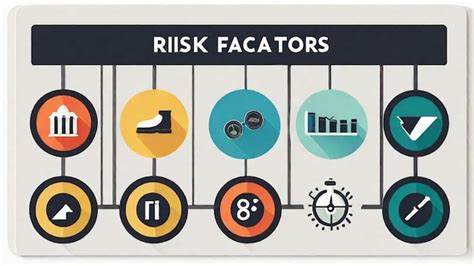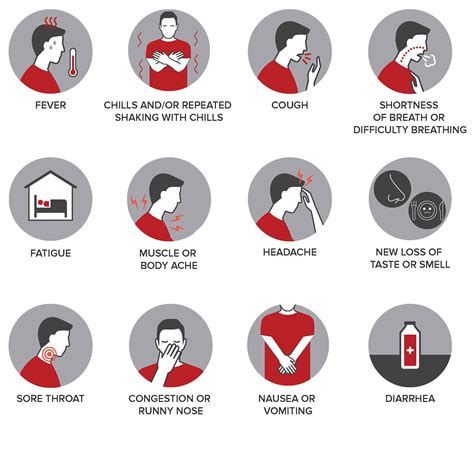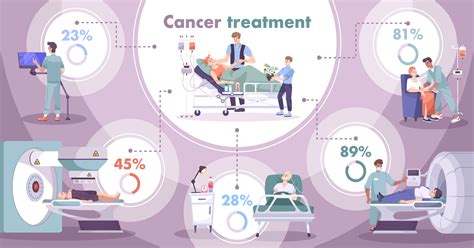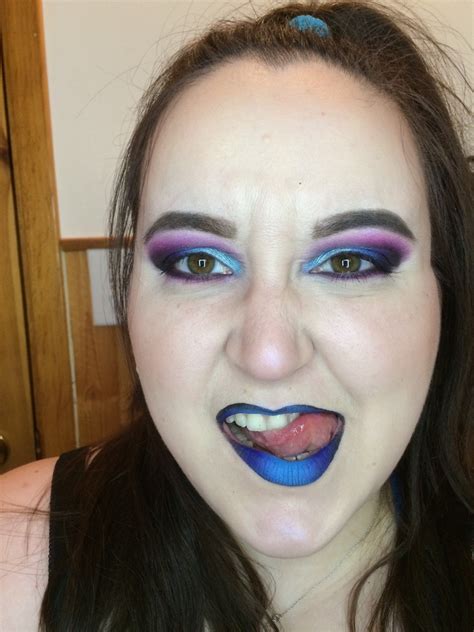Intro
Discover Subconjunctival Hemorrhage symptoms, causes, and treatment. Learn about eye hemorrhage, conjunctiva bleeding, and broken blood vessels in the eye, and understand the risks and prevention methods for this common eye condition.
The appearance of a subconjunctival hemorrhage can be quite alarming, as it often presents as a sudden and noticeable change in the appearance of the eye. This condition is characterized by the presence of blood underneath the conjunctiva, which is the clear membrane covering the white part of the eye. The blood can give the eye a bright red or pink appearance, which can be unsettling for those who experience it. Despite its dramatic appearance, a subconjunctival hemorrhage is typically a harmless condition that resolves on its own without the need for treatment. However, understanding the symptoms and causes of this condition can help individuals better navigate their experience and know when to seek medical attention.
In many cases, a subconjunctival hemorrhage may not produce any symptoms beyond its visible appearance. Some people may notice a slight sensation of fullness or heaviness in the affected eye, but this is often mild and temporary. The primary concern for most individuals is the aesthetic impact of the condition, as the presence of blood under the conjunctiva can significantly alter the appearance of the eye. It's worth noting that while the appearance of a subconjunctival hemorrhage can be striking, it does not typically affect vision or cause significant discomfort.
The onset of a subconjunctival hemorrhage is often sudden, and the condition can appear without warning. This sudden appearance can be distressing, especially for those who are not familiar with the condition. However, it's essential to remember that subconjunctival hemorrhages are relatively common and usually do not indicate a serious underlying health issue. As the body reabsorbs the blood, the appearance of the eye will gradually return to normal, a process that can take several days to a couple of weeks. Understanding the nature of this condition can help alleviate concerns and promote a sense of calm for those experiencing it.
Causes and Risk Factors

The causes of subconjunctival hemorrhage can vary, but they often involve some form of trauma or increase in pressure that leads to the rupture of small blood vessels under the conjunctiva. This can be due to a variety of factors, including coughing, sneezing, straining during bowel movements, or even heavy lifting. In some cases, the cause may be related to an underlying health condition, such as hypertension or blood clotting disorders. Understanding the specific cause of a subconjunctival hemorrhage can provide insight into whether any additional medical evaluation or treatment is necessary.
Common Causes
Some of the common causes and risk factors associated with subconjunctival hemorrhages include: - Trauma or injury to the eye - Increased pressure, such as from coughing or sneezing - Straining during physical activities - Underlying health conditions, such as hypertension or diabetes - Use of anticoagulant medications - Age, as the risk increases with older ageSymptoms and Diagnosis

The symptoms of a subconjunctival hemorrhage are primarily visual, with the sudden appearance of blood under the conjunctiva being the most noticeable sign. In some cases, individuals may experience mild discomfort or a feeling of pressure in the affected eye, but these symptoms are typically mild and short-lived. The diagnosis of a subconjunctival hemorrhage is usually made based on a physical examination of the eye, where the presence of blood under the conjunctiva is visually confirmed.
Diagnostic Steps
The diagnostic process for a subconjunctival hemorrhage may involve the following steps: 1. **Visual Examination**: A healthcare provider will examine the eye to confirm the presence of blood under the conjunctiva. 2. **Medical History**: A review of the individual's medical history to identify any potential underlying causes or risk factors. 3. **Additional Tests**: In some cases, additional tests may be ordered to rule out other conditions or to assess for any underlying health issues that may have contributed to the hemorrhage.Treatment and Management

The treatment for a subconjunctival hemorrhage is typically focused on managing symptoms and allowing the body time to absorb the blood. In most cases, no specific treatment is required, and the condition will resolve on its own within a couple of weeks. However, it's essential to follow any recommendations provided by a healthcare provider to ensure proper healing and to address any underlying conditions that may have contributed to the hemorrhage.
Self-Care Measures
Some self-care measures that can help manage the symptoms of a subconjunctival hemorrhage include: - Applying a cold compress to reduce swelling - Avoiding strenuous activities that may exacerbate the condition - Using over-the-counter pain relievers for any discomfort - Following a healthy lifestyle to promote overall eye healthPrevention

While not all subconjunctival hemorrhages can be prevented, there are steps that individuals can take to reduce their risk. Maintaining good eye health through regular check-ups, managing underlying health conditions, and avoiding activities that can increase pressure in the eyes can all contribute to a reduced risk of experiencing a subconjunctival hemorrhage.
Lifestyle Modifications
Some lifestyle modifications that can help prevent subconjunctival hemorrhages include: - Managing blood pressure - Avoiding heavy lifting or straining - Getting regular eye exams - Maintaining a healthy diet rich in fruits, vegetables, and omega-3 fatty acidsComplications and Outlook

In most cases, subconjunctival hemorrhages do not lead to significant complications and will resolve without any long-term effects. However, in rare instances, the condition can be a sign of an underlying health issue that requires medical attention. It's essential for individuals to seek medical care if they experience recurrent subconjunctival hemorrhages or if the condition is accompanied by other concerning symptoms.
Prognosis
The prognosis for individuals with a subconjunctival hemorrhage is generally excellent, with most people experiencing a full recovery without any lasting effects. In cases where an underlying condition is identified, addressing this condition can help prevent future occurrences of subconjunctival hemorrhages.What is the primary cause of a subconjunctival hemorrhage?
+The primary cause of a subconjunctival hemorrhage is the rupture of small blood vessels under the conjunctiva, often due to increased pressure or trauma.
How long does it take for a subconjunctival hemorrhage to heal?
+A subconjunctival hemorrhage typically heals on its own within a couple of weeks as the body absorbs the blood.
Are subconjunctival hemorrhages a sign of a serious health issue?
+In most cases, subconjunctival hemorrhages are not a sign of a serious health issue, but in rare instances, they can indicate an underlying condition that requires medical attention.
In conclusion, while the appearance of a subconjunctival hemorrhage can be alarming, it is typically a harmless condition that resolves without treatment. Understanding the causes, symptoms, and management of this condition can help individuals feel more at ease and know when to seek medical care. If you have experienced a subconjunctival hemorrhage or have concerns about your eye health, we invite you to share your experiences or questions in the comments below. Your input can help others better understand this condition and promote a community of support and awareness. Furthermore, sharing this article with others can help spread knowledge and reduce unnecessary fears about subconjunctival hemorrhages. By working together, we can create a more informed and compassionate community for all.
